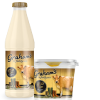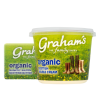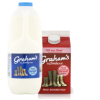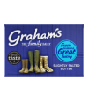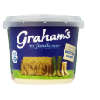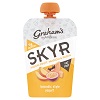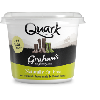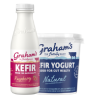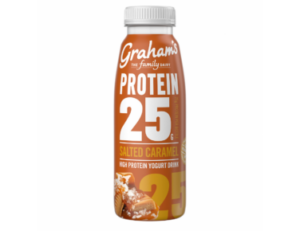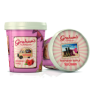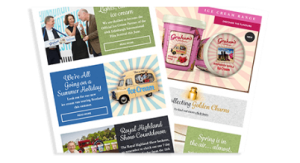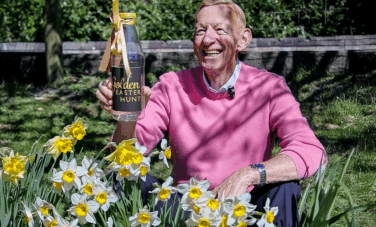
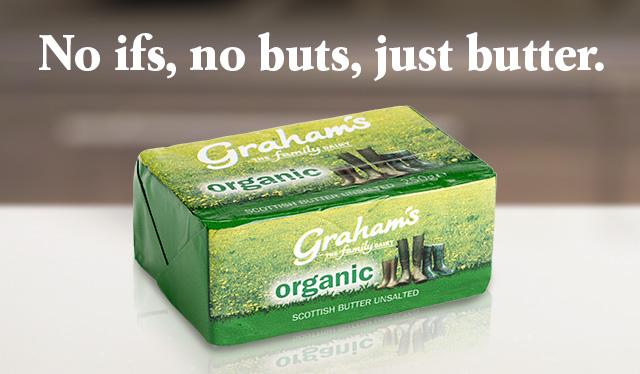
Butter is one of those integral parts of family life. It’s always there. It’s the little treat on your toast in the morning that keeps you going while you’re herding the kids to school (and we know all about the stresses of early morning herding). It’s the essential that makes your baking so delicious when you’re grabbing some precious me-time by experimenting with the latest Flora Shedden recipe. It’s on the table again in the evening when that crusty loaf perfectly sets off the soup that you’re all enjoying together as a family.
When something’s so ever-present though, it can be easy to overlook it. How much do you really know about butter?
Don’t worry, we’re not expecting you to do all your own research on this one; we realise how busy you are. We’ve brought together everything you need to know about butter into this one handy blog post.
When was butter first made?
We’ve already mentioned in an earlier blog that when the Romans first arrived in Britain they didn’t find a culture of cheesemaking, but rather one of butter production. So we’ve been enjoying butter on this island for at least 2000 years and probably longer. Rome’s own warmer climate made it harder for the Romans to keep unclarified butter without it spoiling so they focused on producing cheese instead.
‘Unclarified’ is the kind of butter that we’re used to in the UK. The difference is that clarified butter is butter that has been through a process in which all of the milk solids are removed from it. What’s left behind is a fat that’s clear, yellow and has a higher burning point than butter. It doesn’t spoil as easily as unclarified butter, so it was traditionally more popular in areas with a warmer climate.
That’s why Ghee, a type of clarified butter, has played such an important part in Indian cuisine for so long. It’s even mentioned in the Hindu sacred text the Bhagavad Gita, which dates from at least as far back as the 2nd century BCE.
How was butter traditionally made?
We’re sure that you’ve all seen a butter churn at some point, either on TV or in a museum. Or if you’re lucky enough to have grown up in a farming family, you may have seen one collecting cobwebs in an outbuilding somewhere!
To make butter you need to first separate off the cream from the milk. Traditionally, the cream would then be churned to get it to thicken. The remaining liquid would then be drained off (this is buttermilk), while the solid mass would be washed and then shaped as desired. That solid part is butter.
How is butter made today?
The principles of butter making are the same as they have been for hundreds of years. However, industrial processes enable us to produce and transport much more butter than would have been the case in centuries gone by. That means you can buy your favourite Graham’s butter in your local supermarket.
These days, the milk and cream are separated by the use of centrifugal force – that is by spinning the liquid round at high speed in a machine called a ‘centrifuge’. Another key difference is that the cream used to make your delicious Graham’s butter is pasteurised. This means that it’s been heated to a high enough temperature to kill off any bacteria that might cause illness. Doing this also increases the lifespan of the butter too.
How is spreadable butter made?
We all love butter but we also know that it can be frustrating when you want to spread it on a slice of bread or a fruit scone but it’s only just been taken out of the fridge. That’s why we also produce spreadable versions of our butter. When you take those from the fridge you’ll find that they spread more easily than regular butter. That’s because of the addition of vegetable oil, which give a softer consistency while still retaining the same great taste.
Discover our full range of butters (including salted and unsalted, spreadable and regular).

